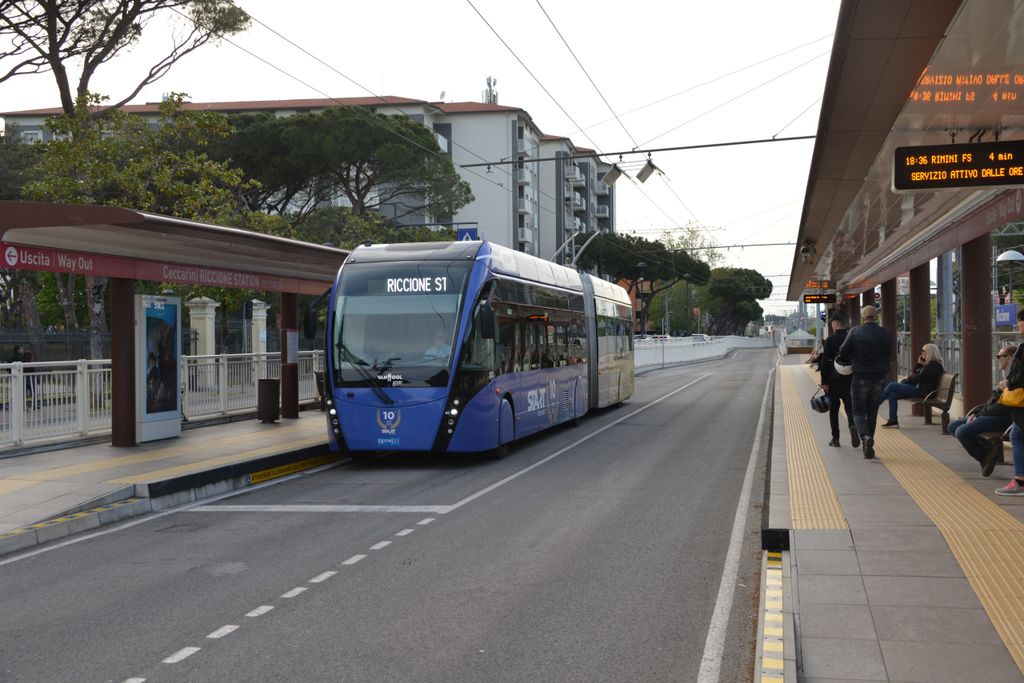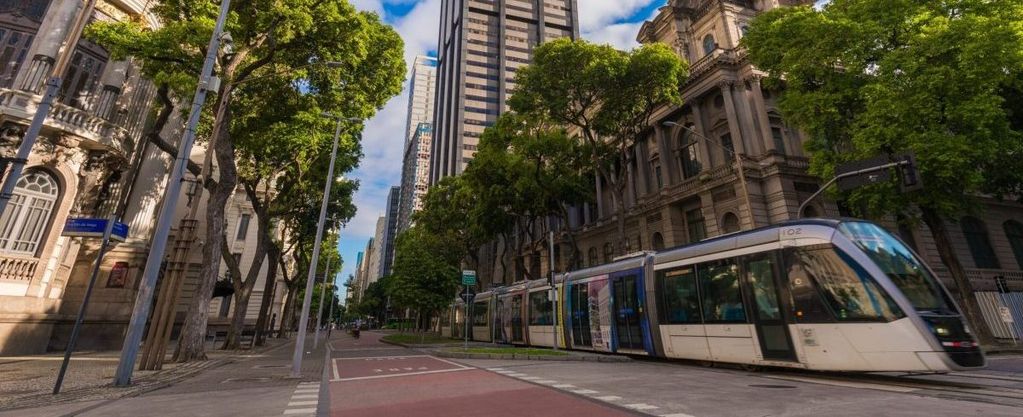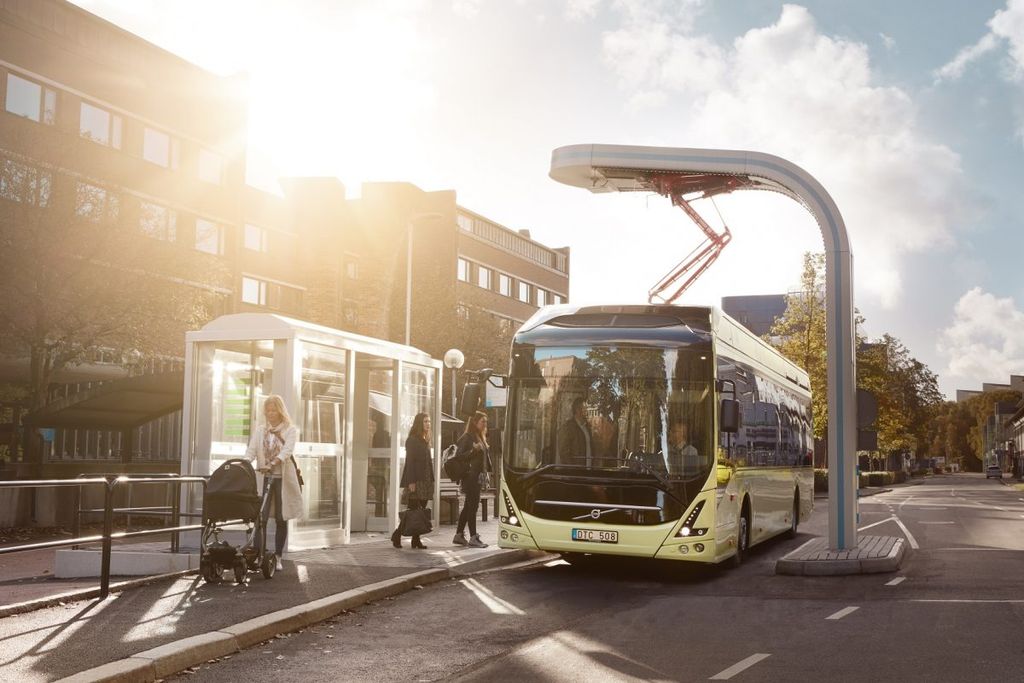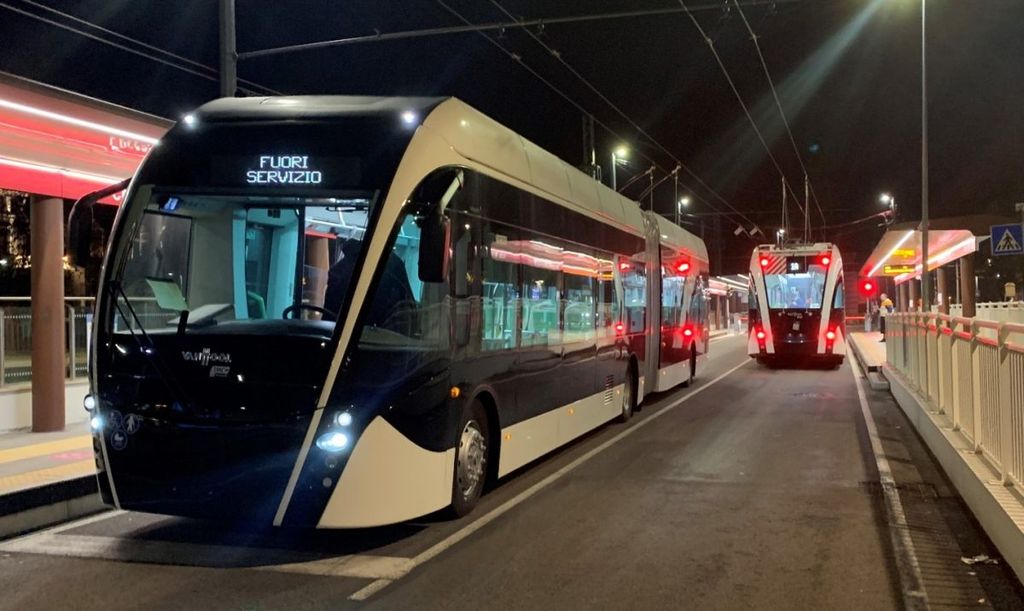
In Motion Charging trolleybus: How to plan for energy-efficient infrastructure?
Part two in the IMC trolleybus series
Battery electric trolleybuses with In Motion Charging (IMC) are highly effective technology with huge economic and environmental potential. By combining overhead wires with the battery charge while operating in autonomous battery mode, they have established themselves as a modern and carbon neutral alternative to diesel buses.
UITP is working on a series of publications around IMC trolleybuses to give this rather niche mode of transport the recognition it deserves, by spreading the know-how of our members and in turn supporting operators and transport authorities.
The first Knowledge Brief “In Motion Charging Innovative Trolleybus” gave an introduction and overview of benefits for upgrading an already existing trolleybus system with In Motion Charging technology,
Today, UITP is launching the second of the series, “Infrastructure for In Motion Charging trolleybus systems”, with this one focusing on the infrastructural needs and challenges. The publication goes through the different interface components, design of the infrastructure, route and network topographies, governance and integrating the infrastructure with urban design. Plus, it lists the advantages of IMC infrastructure and questions “why the wires?”

The benefits of In Motion Charging are difficult to ignore
Proven robust yet flexible technology, fast to implement, higher infrastrucutre utilisation rates and less energy consumption compared to other charging systems. Unlike electric buses, trolleybuses benefit from standardisation of charging infrastructure, and substations of metros and tram systems can be extended to feed the IMC overhead wires as the components are almost identical. The benefits of IMC trolleybuses are endless.
So, it is no wonder that cities worldwide are implementing this charging technology.
Italy has the largest number of cities with trolleybus systems in western Europe and have just secured a new line in Rimini. Pescara has recently purchased IMC buses, which will operate from late 2022 and Genoa plans to extend their fleet with high-capacity IMC vehicles.
San Francisco in the US found that IMC trolleybuses surpassed their expectations and generally perform better than diesel buses, despite the steep gradients and demading downtown areas. With no charging issues, only one staff member is required to maintain the full fleet of 278 buses.
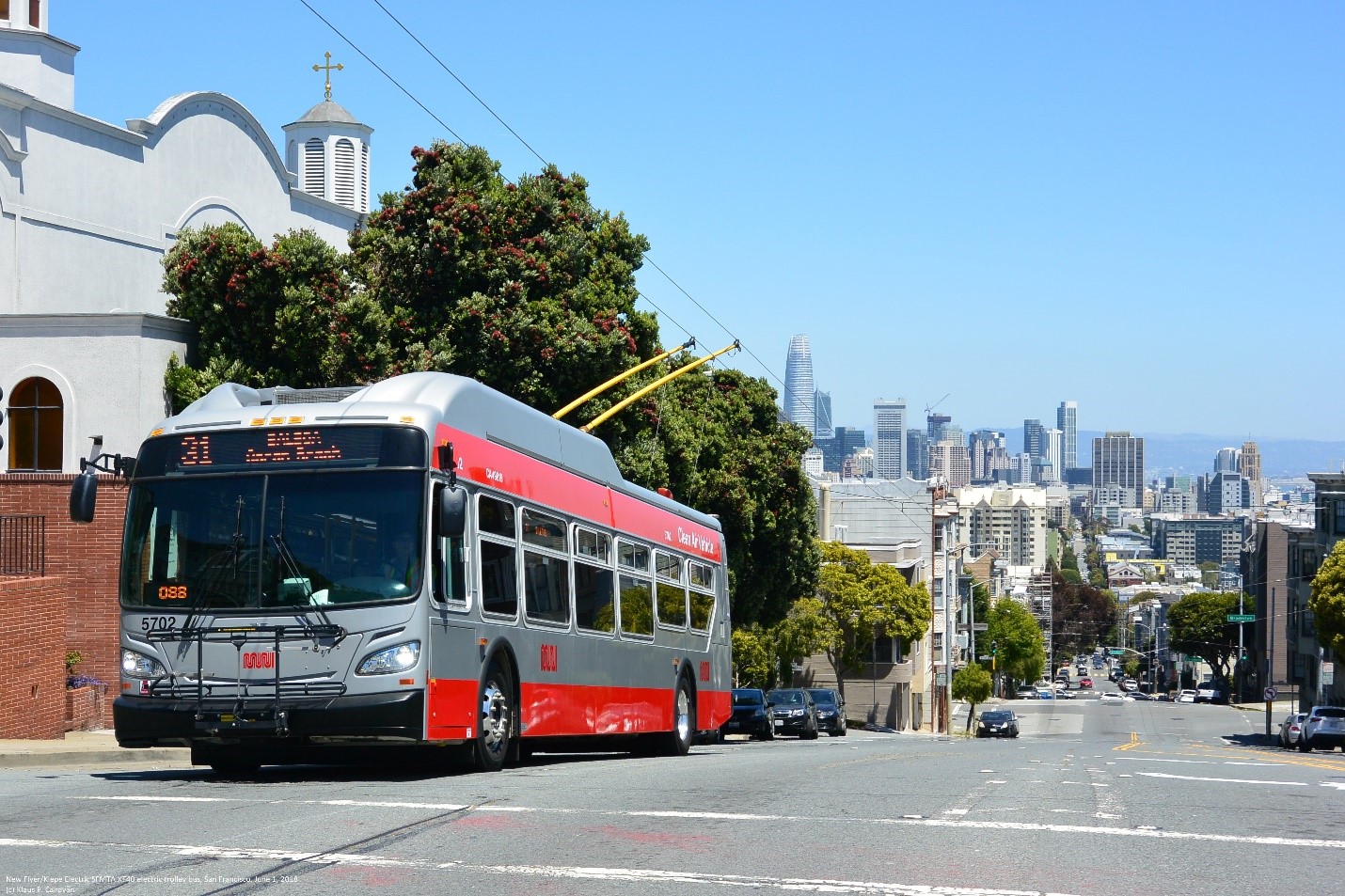
Trolleybus systems using In Motion Charging can offer a modern emission-free alternative and coexists with other electric transport modes within the frame of electrification plans of many cities. With rising concerns for transport related-emissions, many have turned back to the charging concept of trolleybuses to electrify bus networks. On behalf of UITP and the whole trolleybus community we would like to thank the members of the UITP Trolleybus Committee for their great support to the sector, especially the members who contributed to this Knowledge Brief.
Membership benefits

